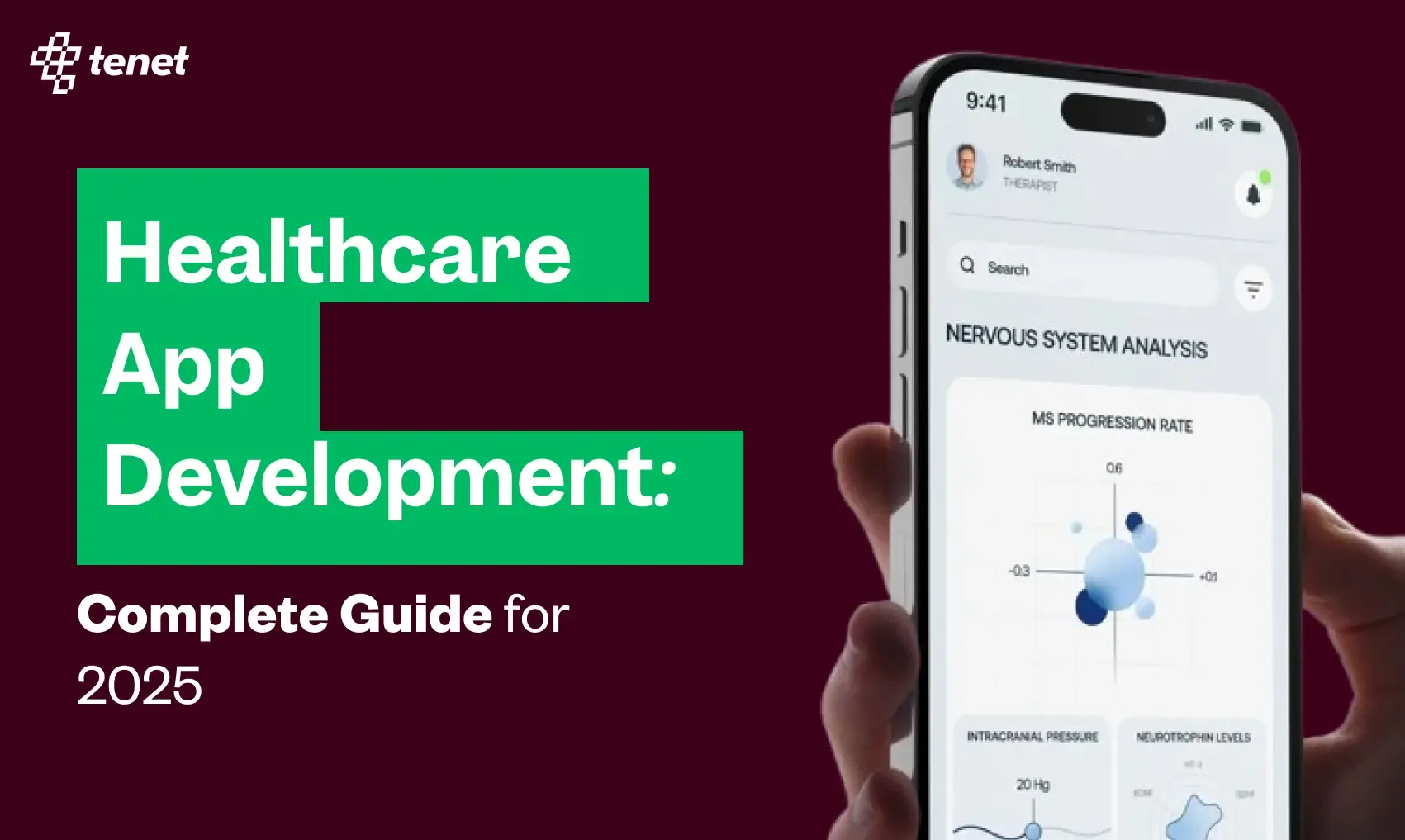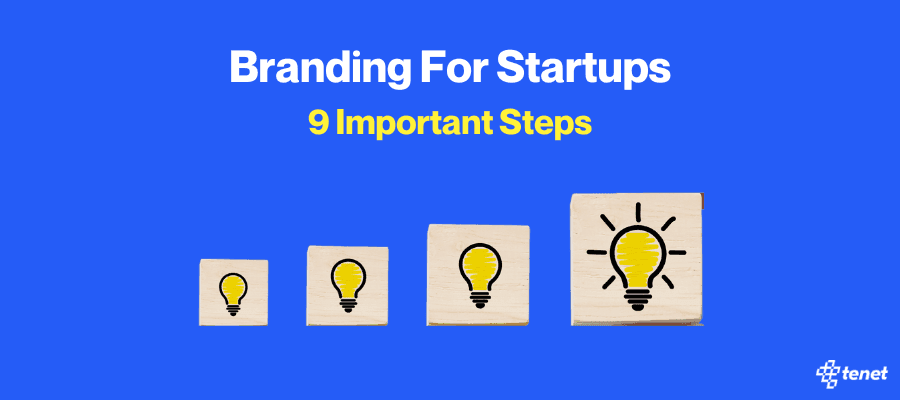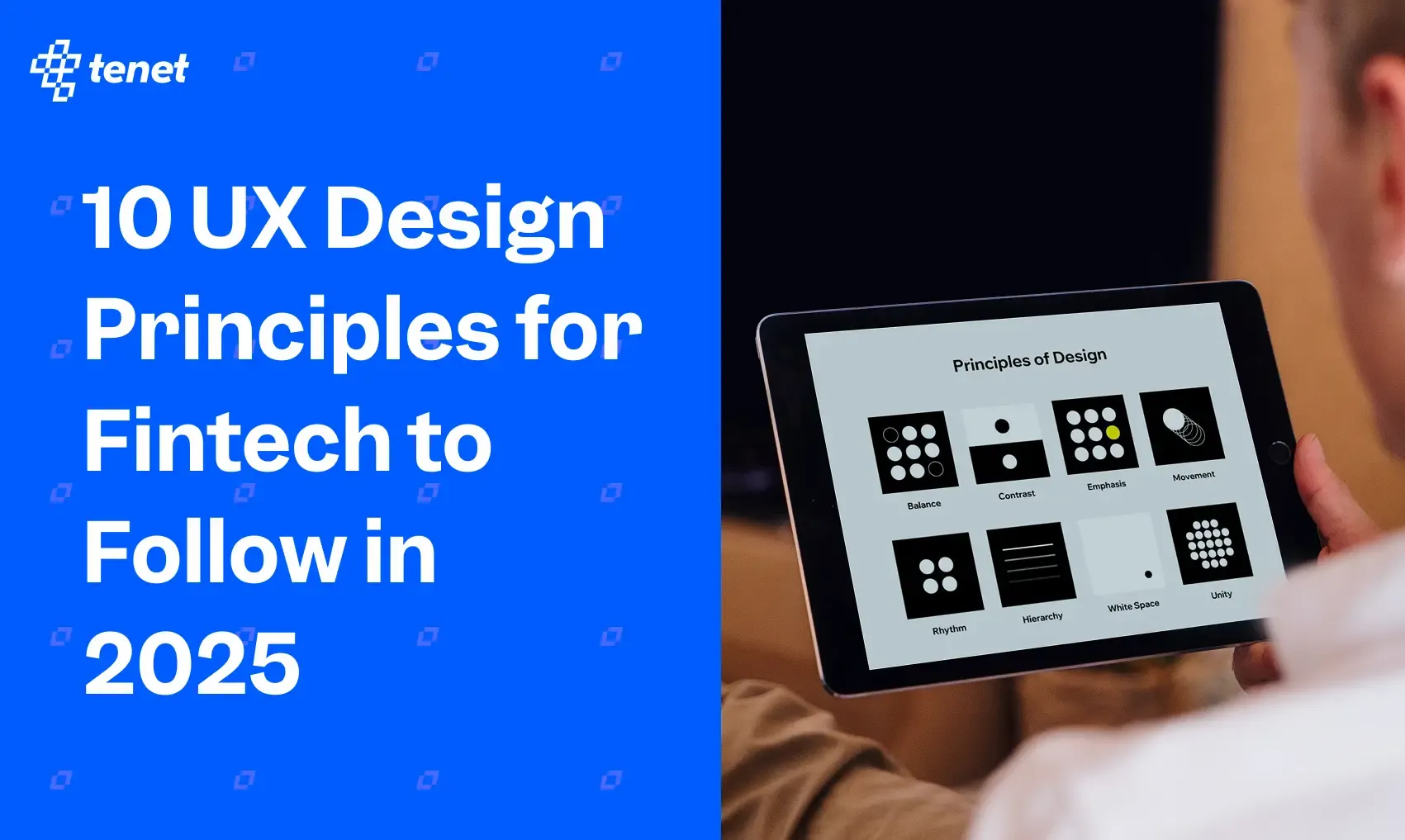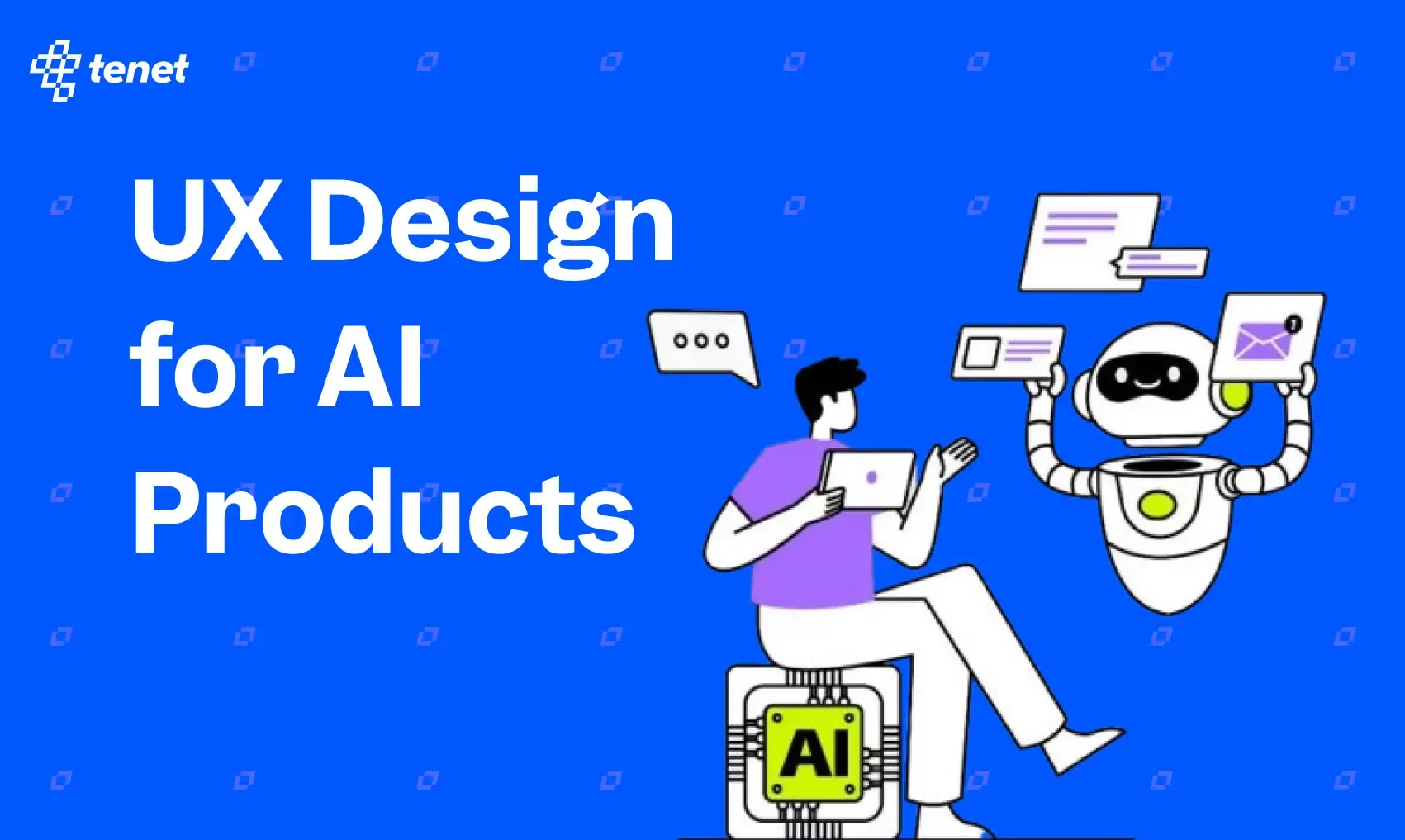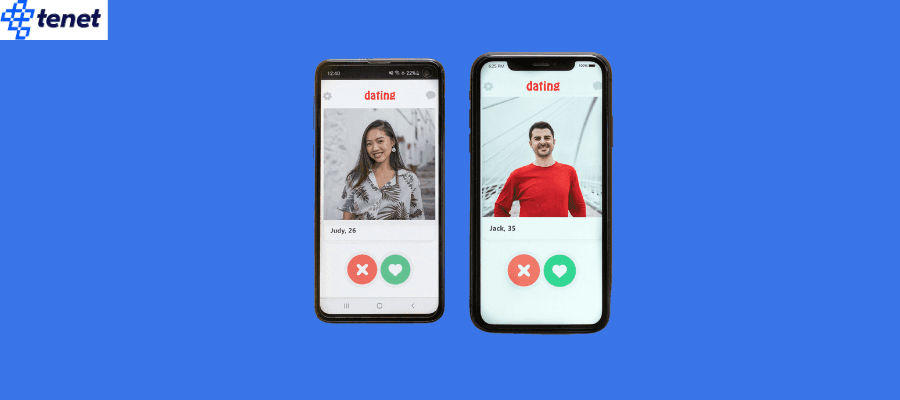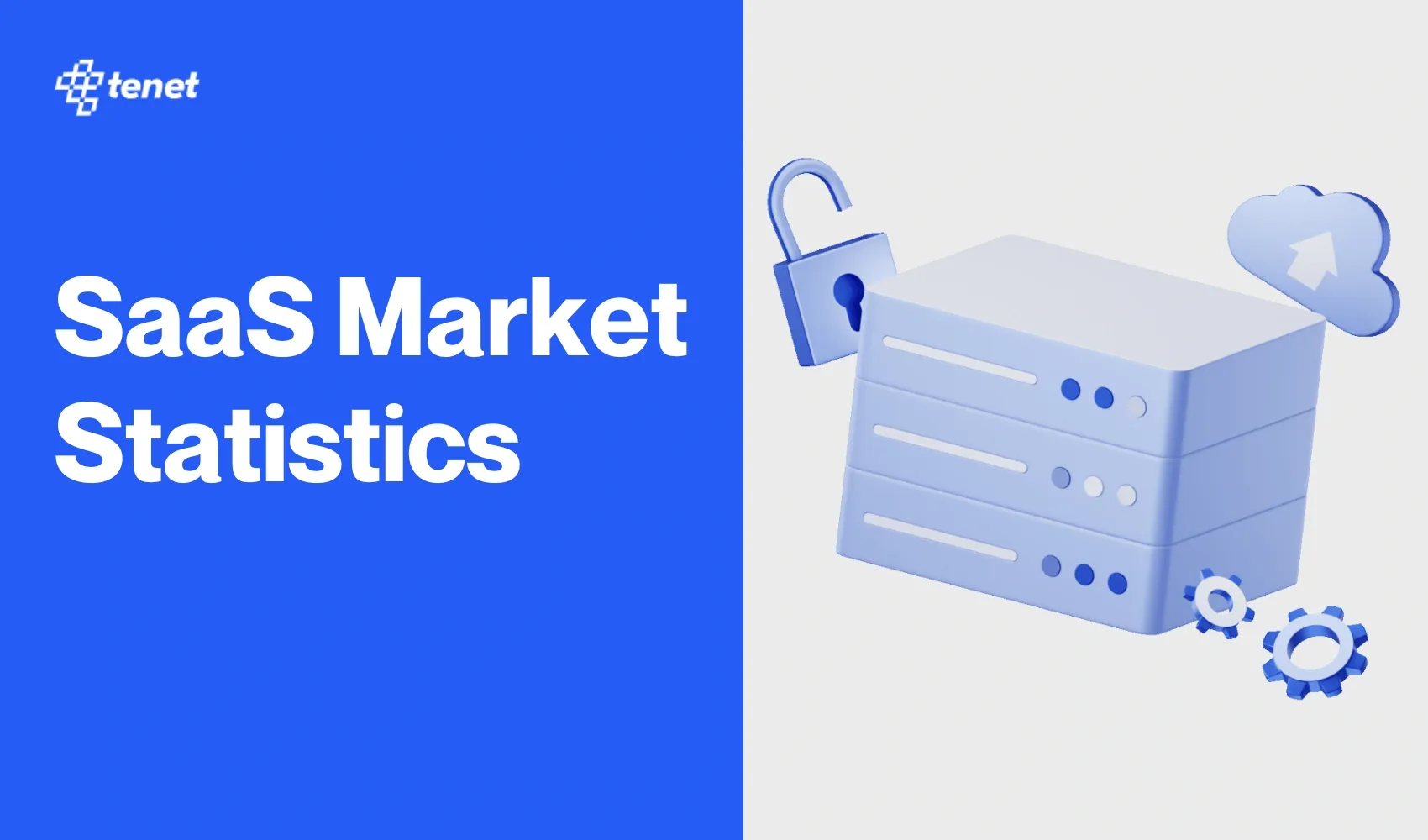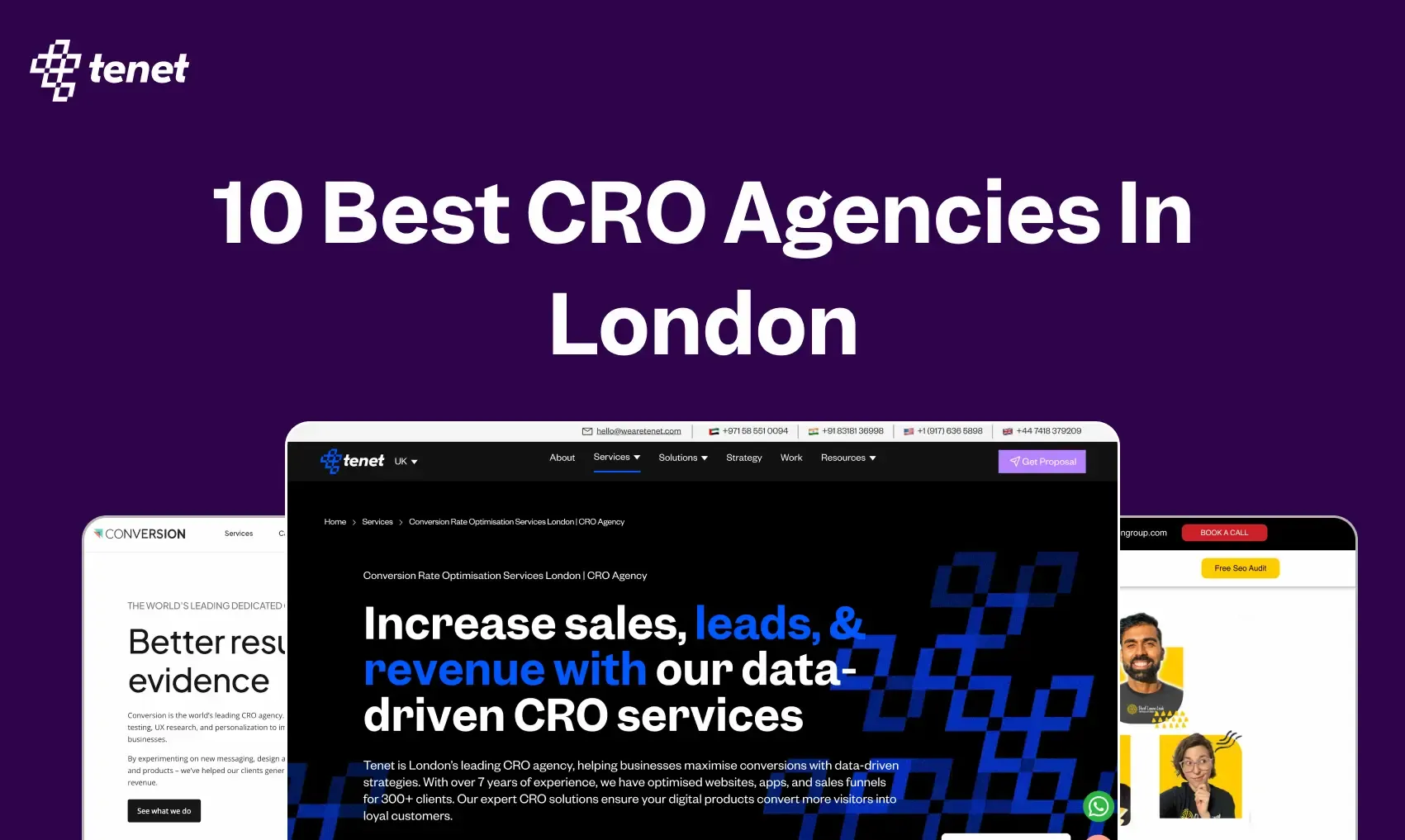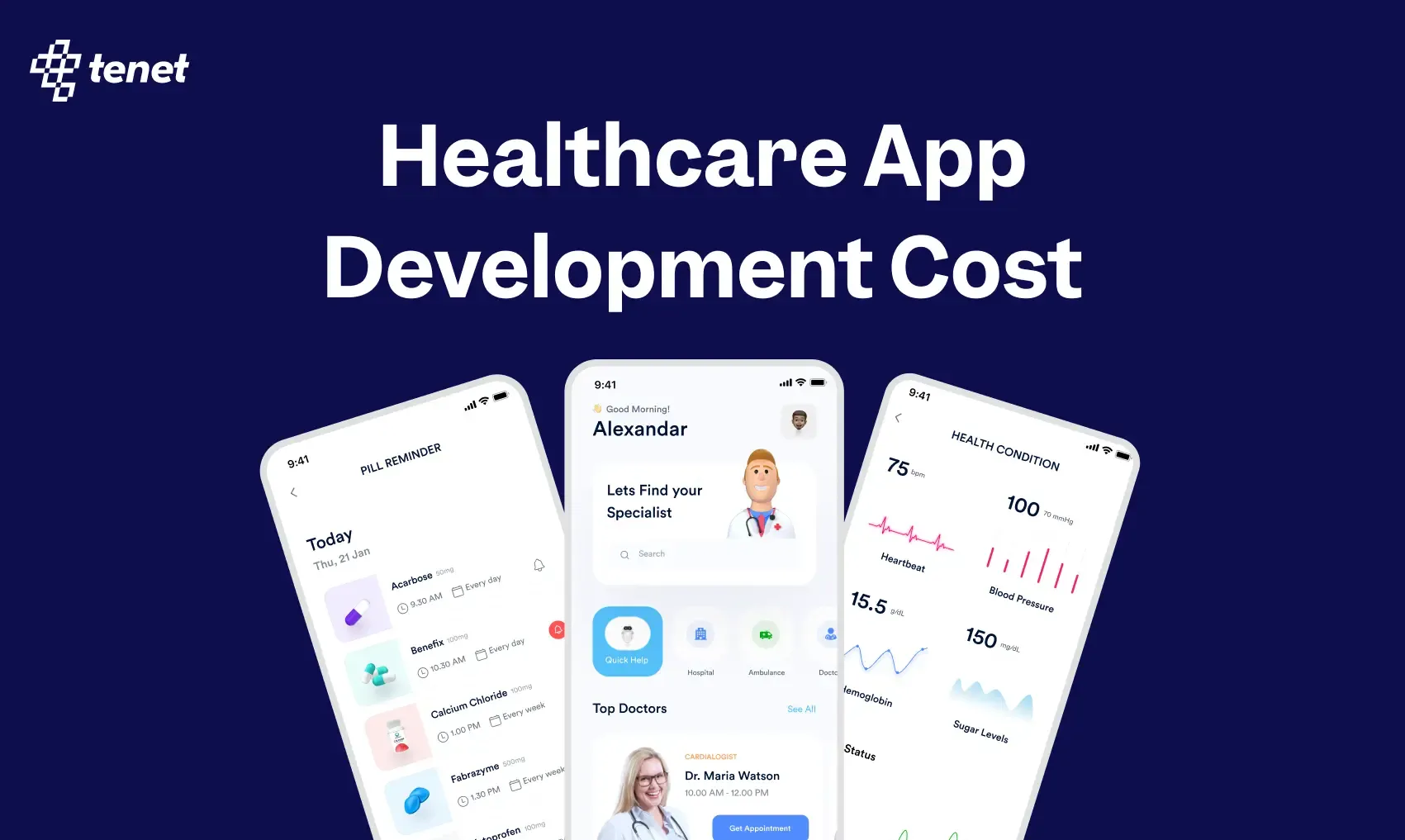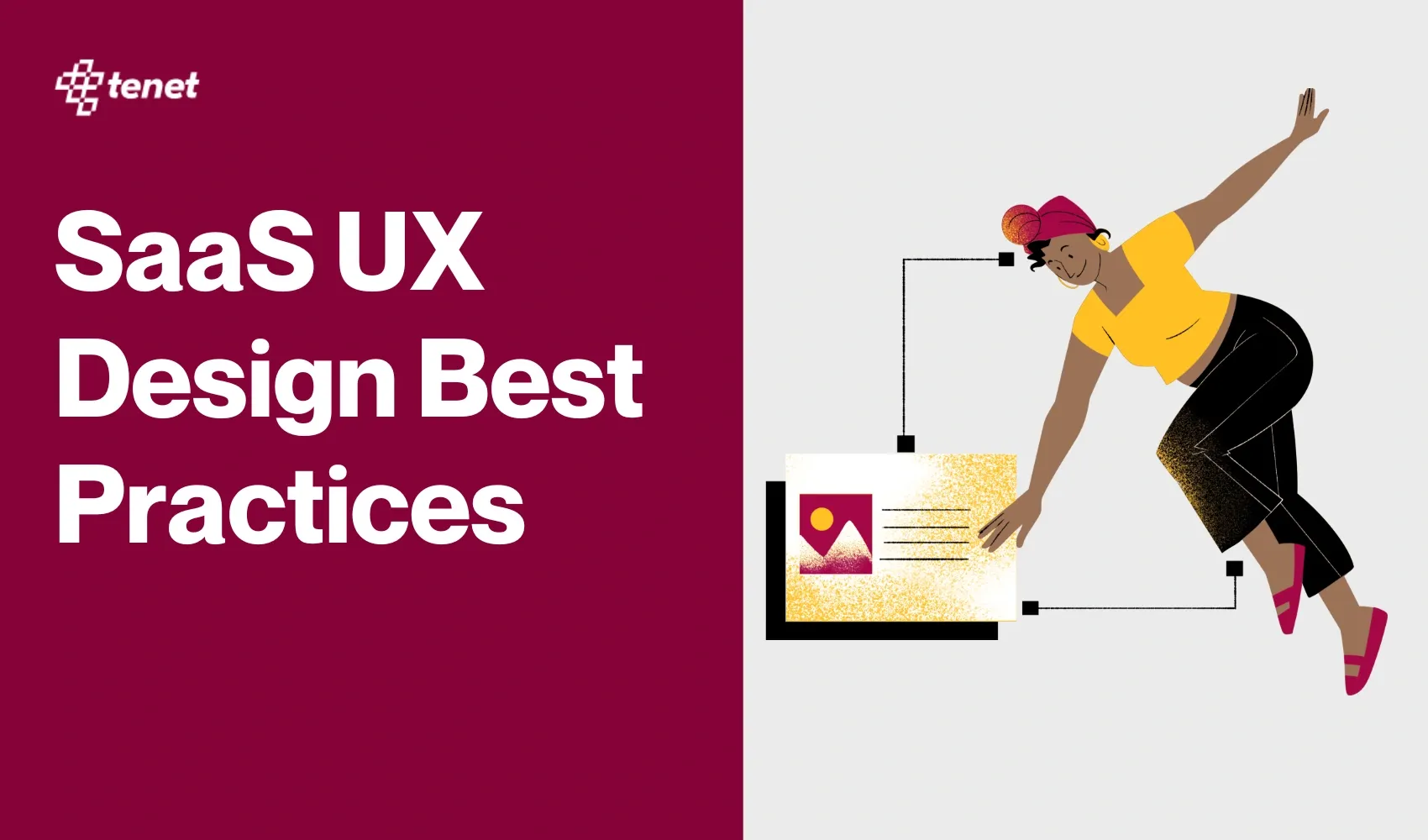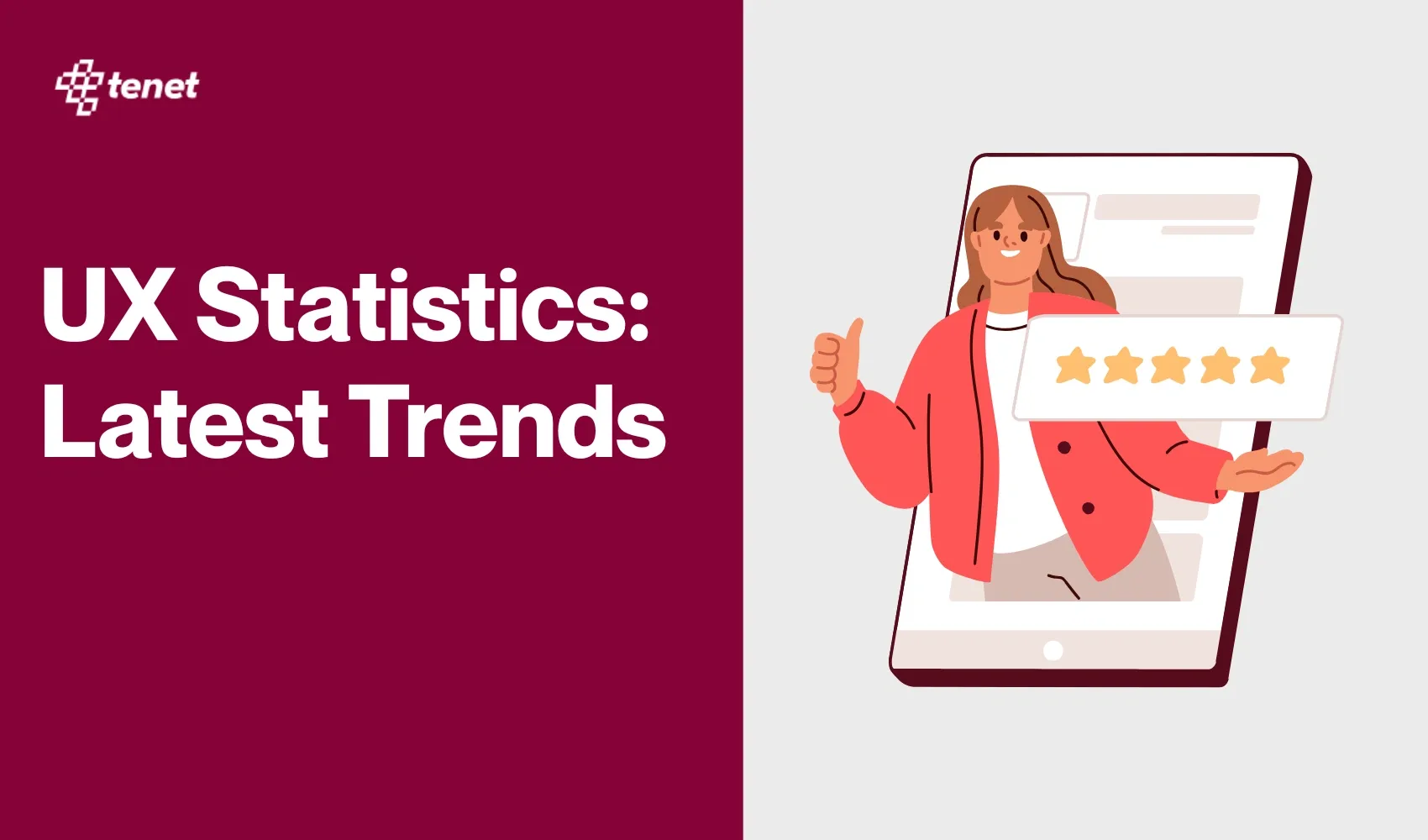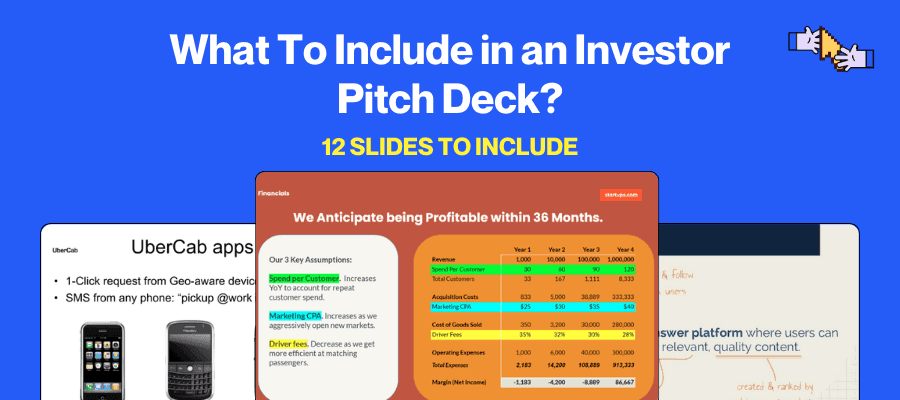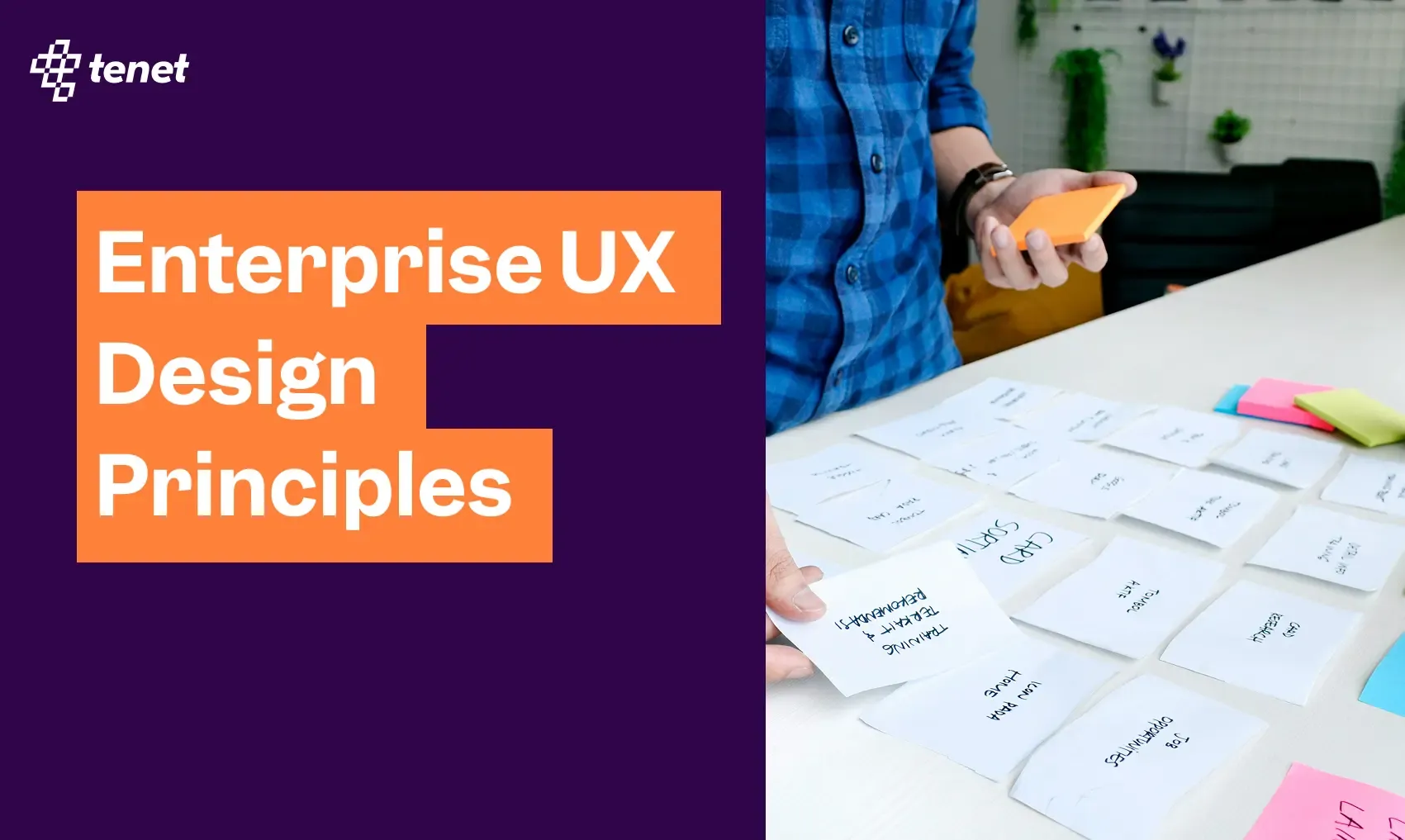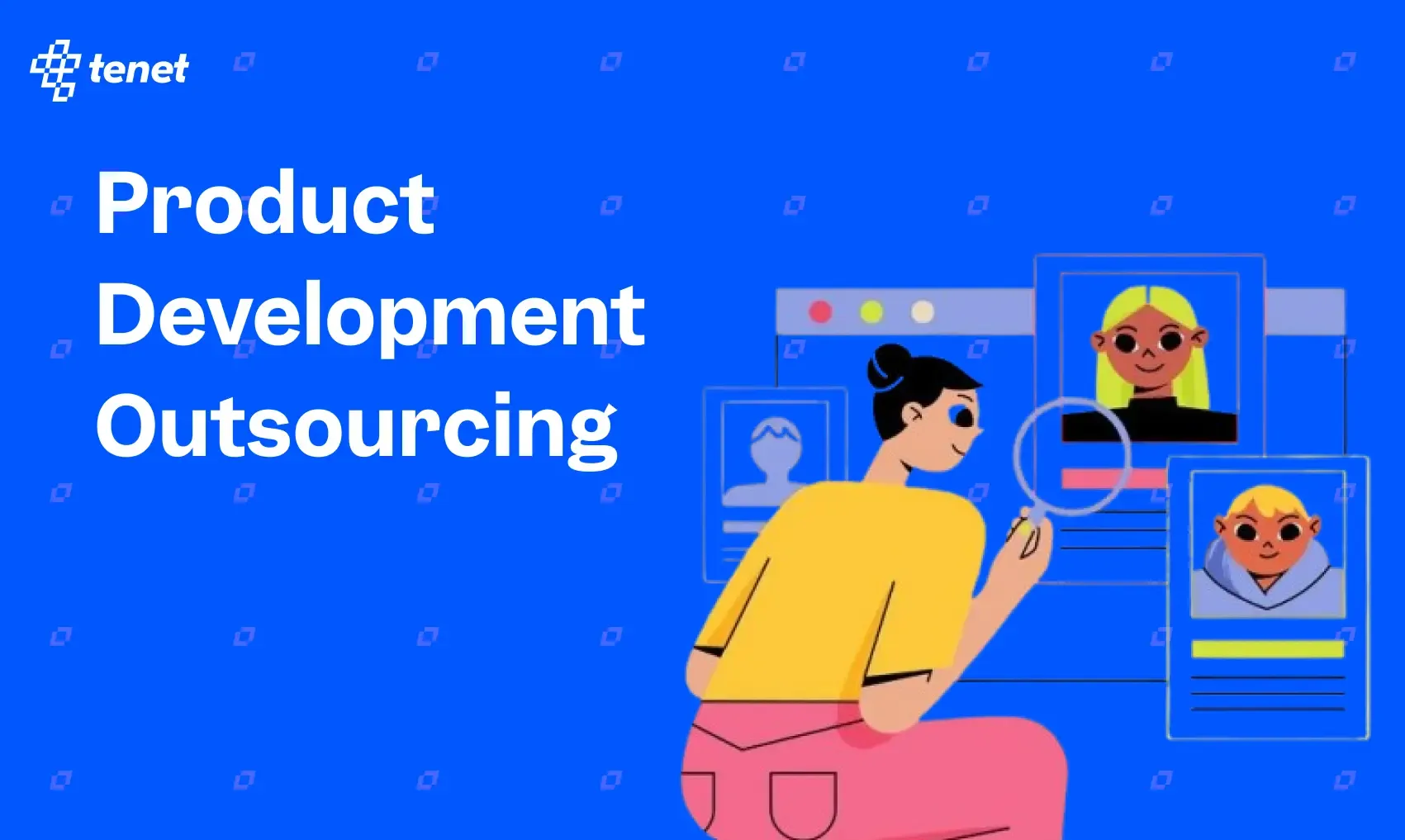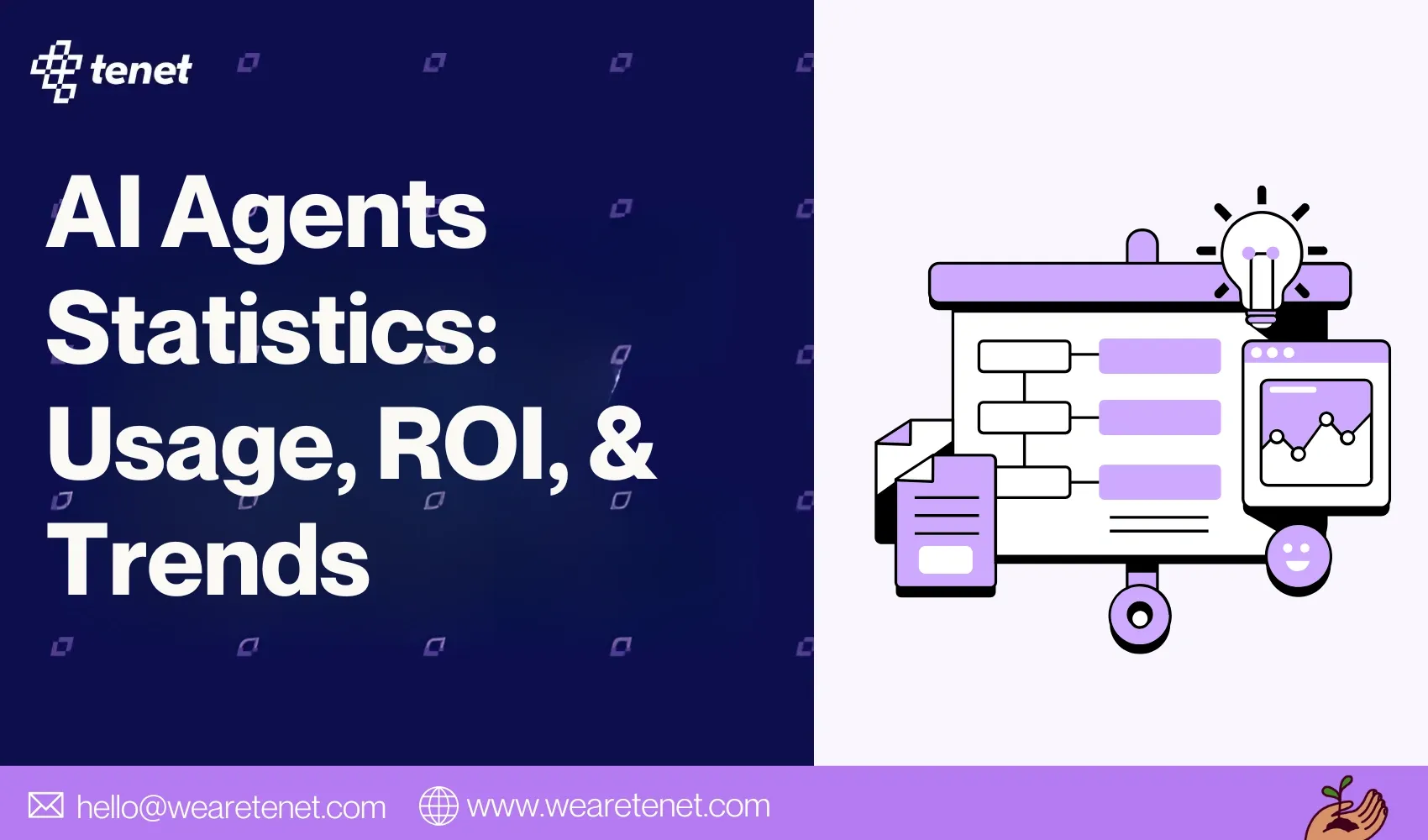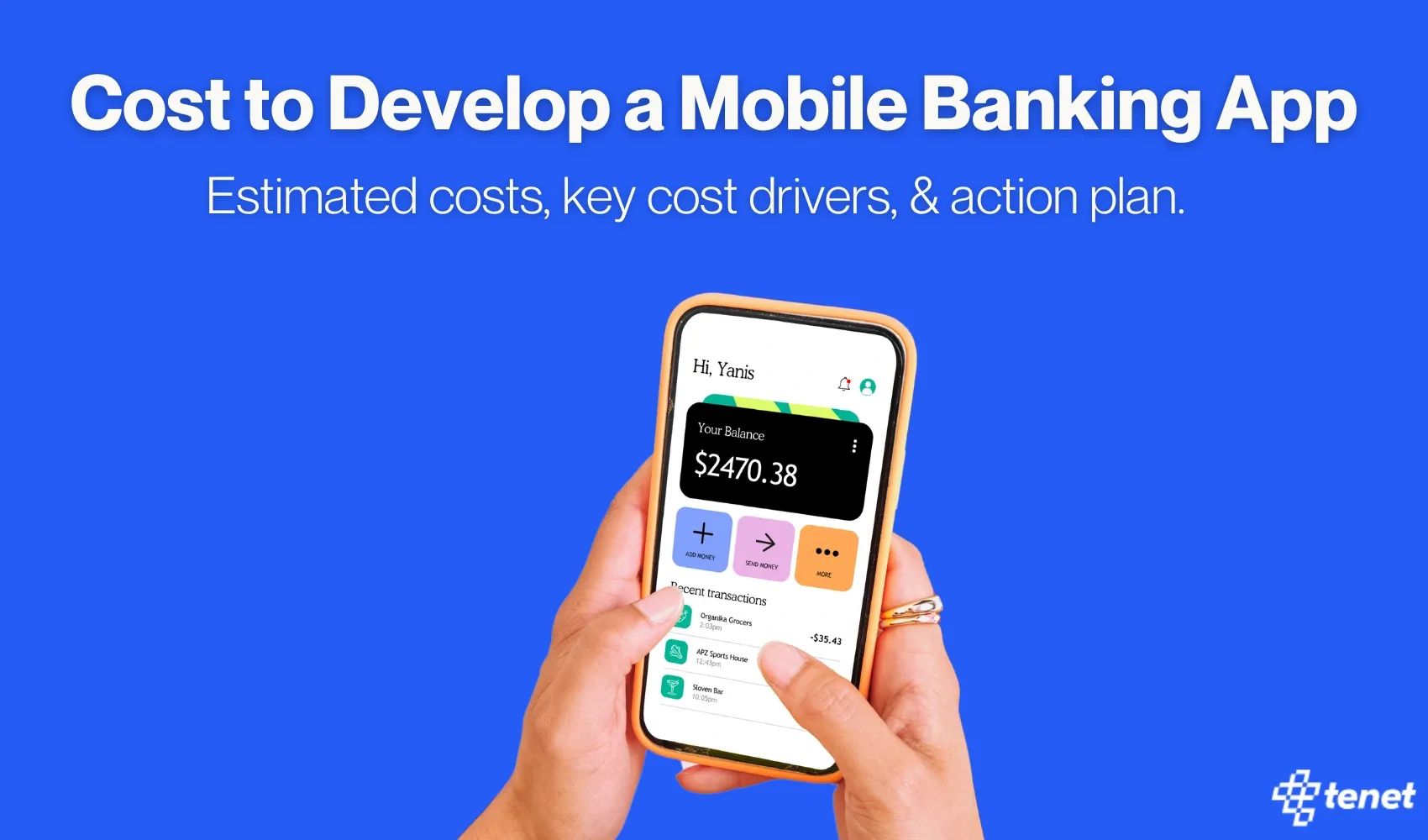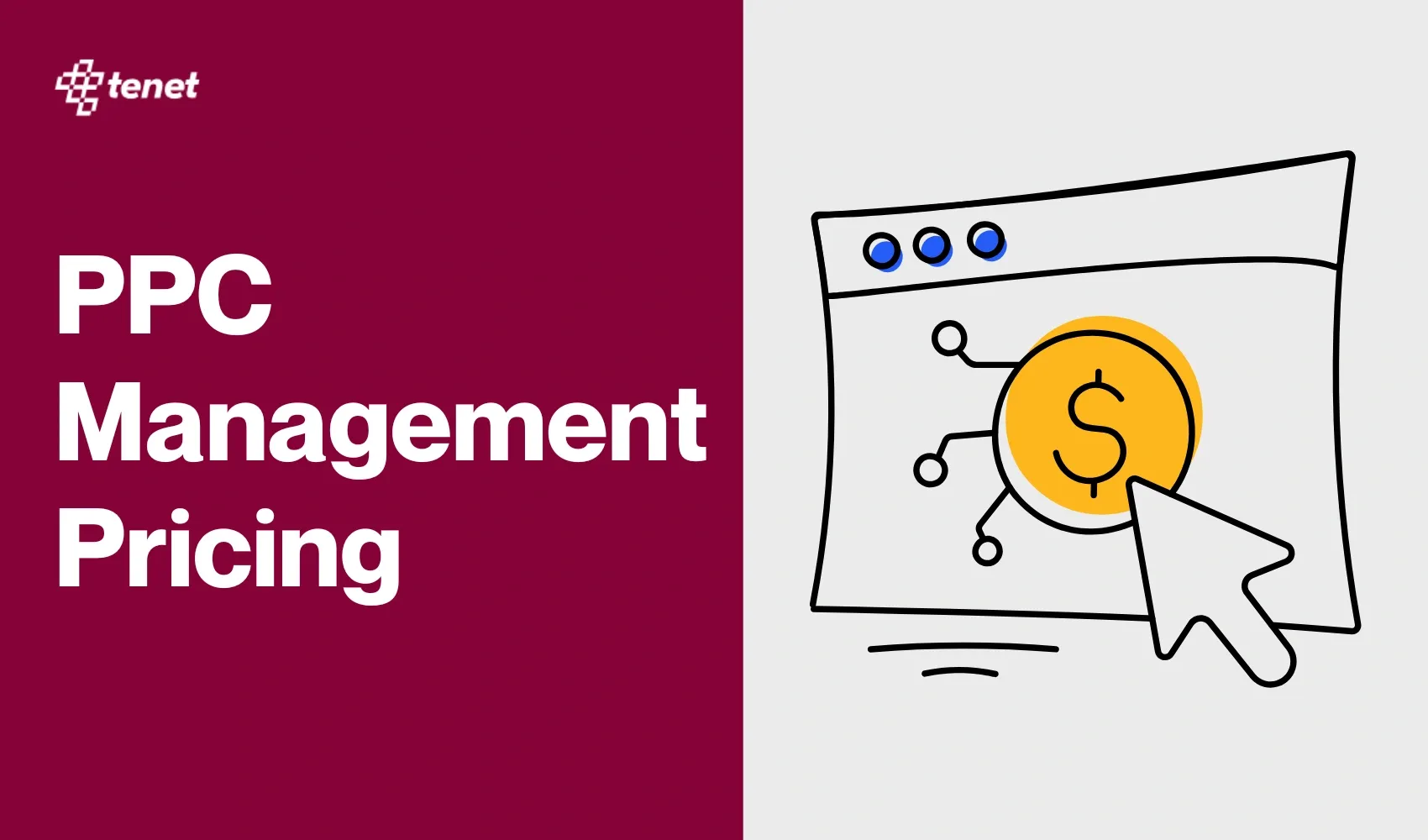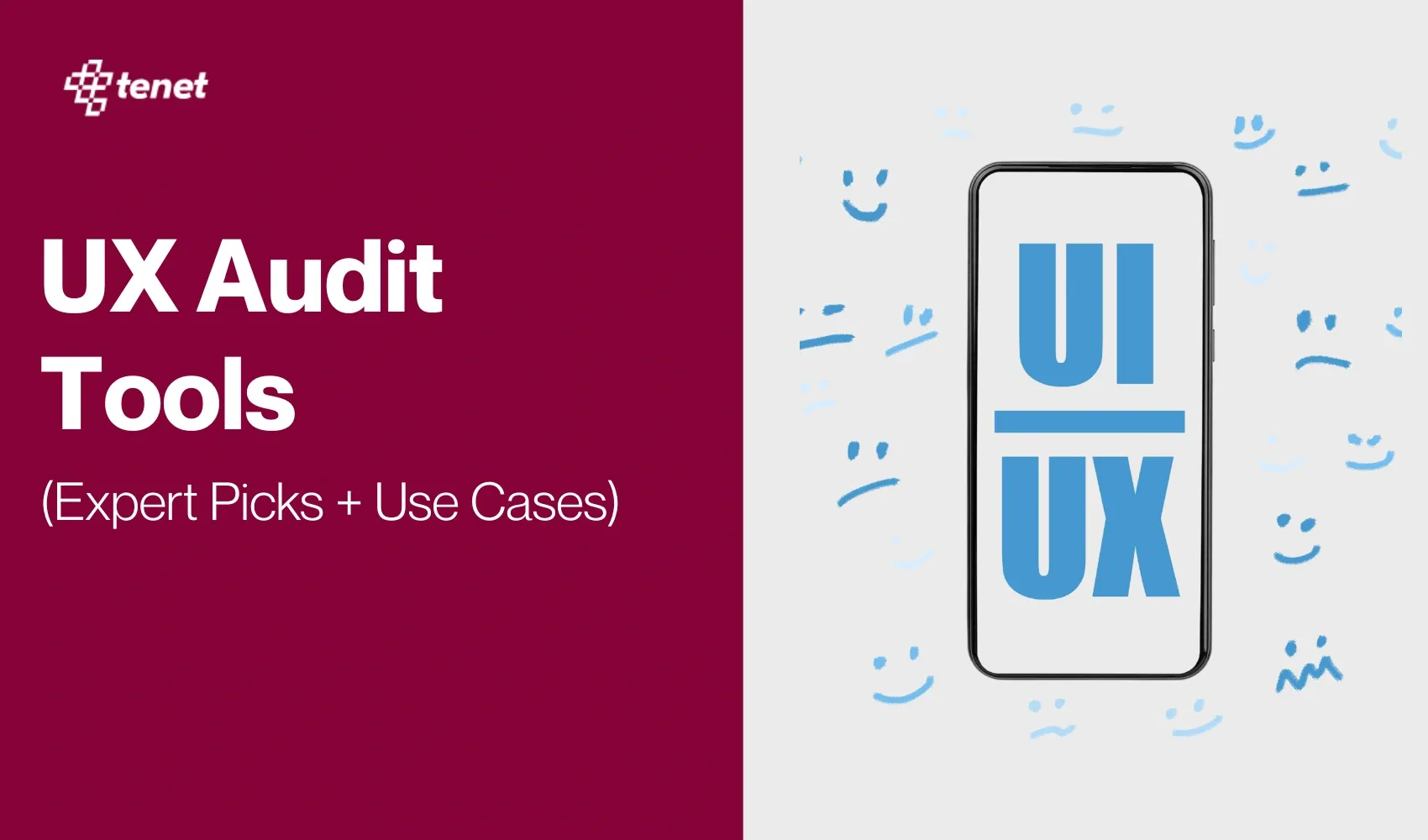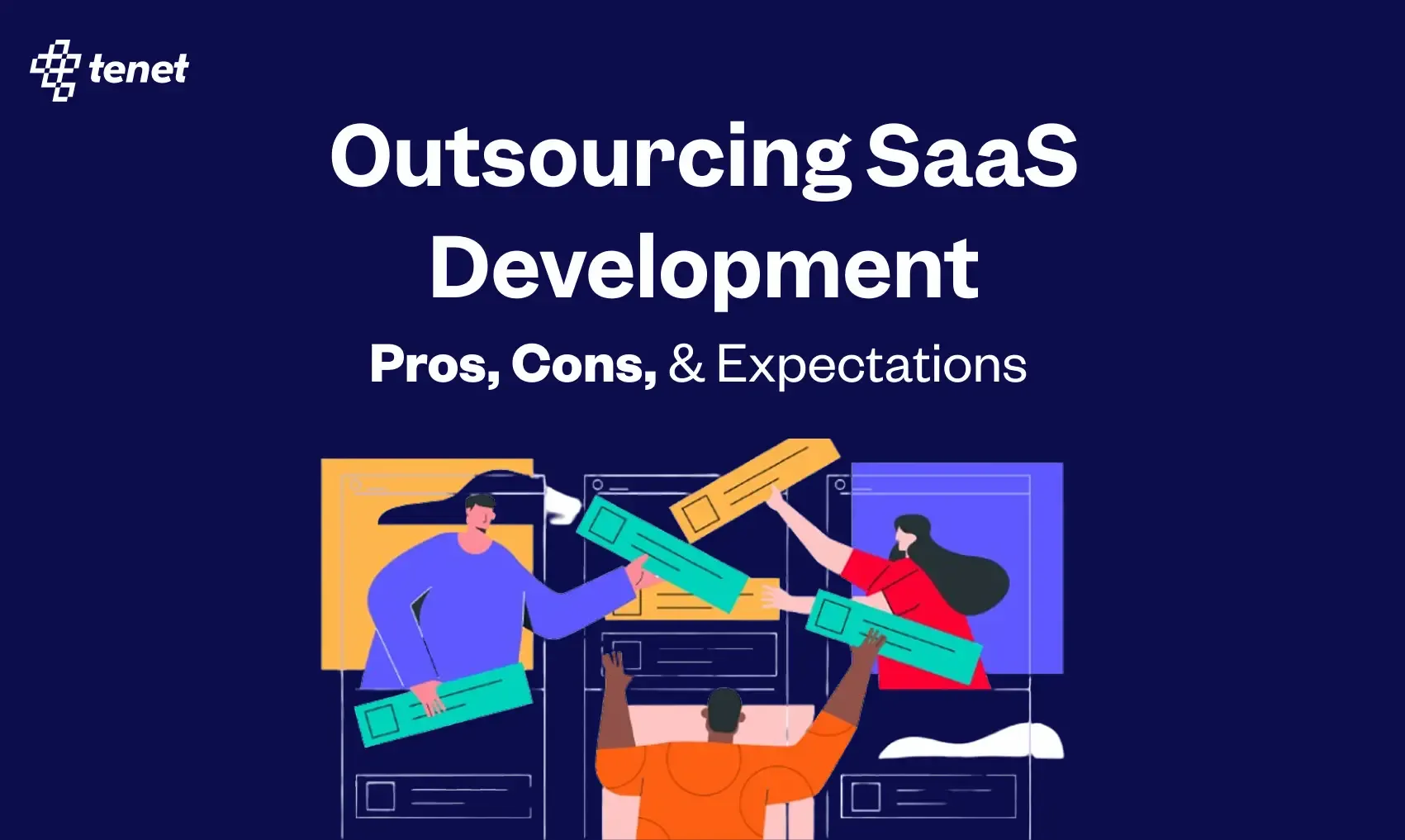How SEO and PPC Can Work Together to Maximize ROI
Share
Share
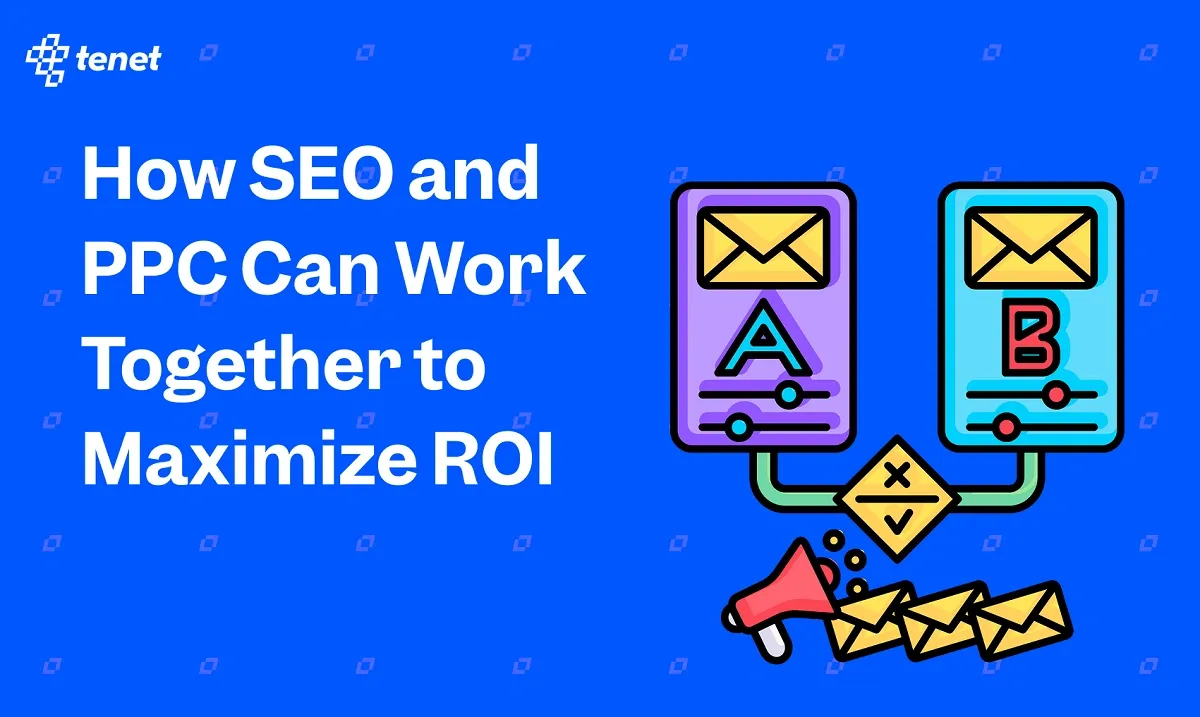
SEO takes time. PPC gets expensive. Most brands pick one and underperform on both.
If your traffic strategy relies too heavily on just organic growth or just paid campaigns, you're leaving results on the table. SEO can stall without data feedback loops. PPC can waste budget without long-term gains.
The real problem isn’t choosing between them, it’s not knowing when and how to align them.
This guide breaks down the core differences and overlaps between SEO and PPC, then shows how to integrate both for compounding visibility and efficient acquisition.
Use this guide to audit your current mix, fix misalignment, and build a unified strategy that drives sustainable results.
What is SEO?
SEO (Search Engine Optimization) is the practice of enhancing your website’s content, structure, and overall experience to help it appear higher in the unpaid (organic) search results on search engines like Google. This facilitates an easier search of your site when visitors search the web on related topics, products or services.
Here is an image of a Google search results page showing how product listings and organic results appear for the keyword 'winter jackets for women.

Here is an image of another organic Google search for 'brand logo generator' that displays leading logo maker platforms in the top results, helping users compare services at a glance.

How SEO Works:
- Search engines use special computer programs called bots to go through websites. These bots look at the content on each page, save the information, and help decide which pages should show up first when someone searches for something.
- Ranking factors include content quality, site structure, speed, mobile-friendliness, and backlinks.
- Higher rankings mean more visibility and traffic.
Why SEO Matters:
- Most users click on the top organic results.
- SEO builds long-term credibility and brand trust.
- Cost-effective as you don’t need to pay-per-click; traffic grows over time.
👉 Also, to know more about seo and how AI is influencing SEO success rates, see our detailed AI SEO statistics article.
Here are our SEO services by location:
What is PPC?
PPC (Pay-Per-Click) is an online advertising method where you create ads and pay only when someone clicks on them. These ads appear on search engines, social media, and other websites, helping you quickly reach people interested in your products or services.
This image shows what PPC looks like in real life (paid ads appearing at the top of Google search results).
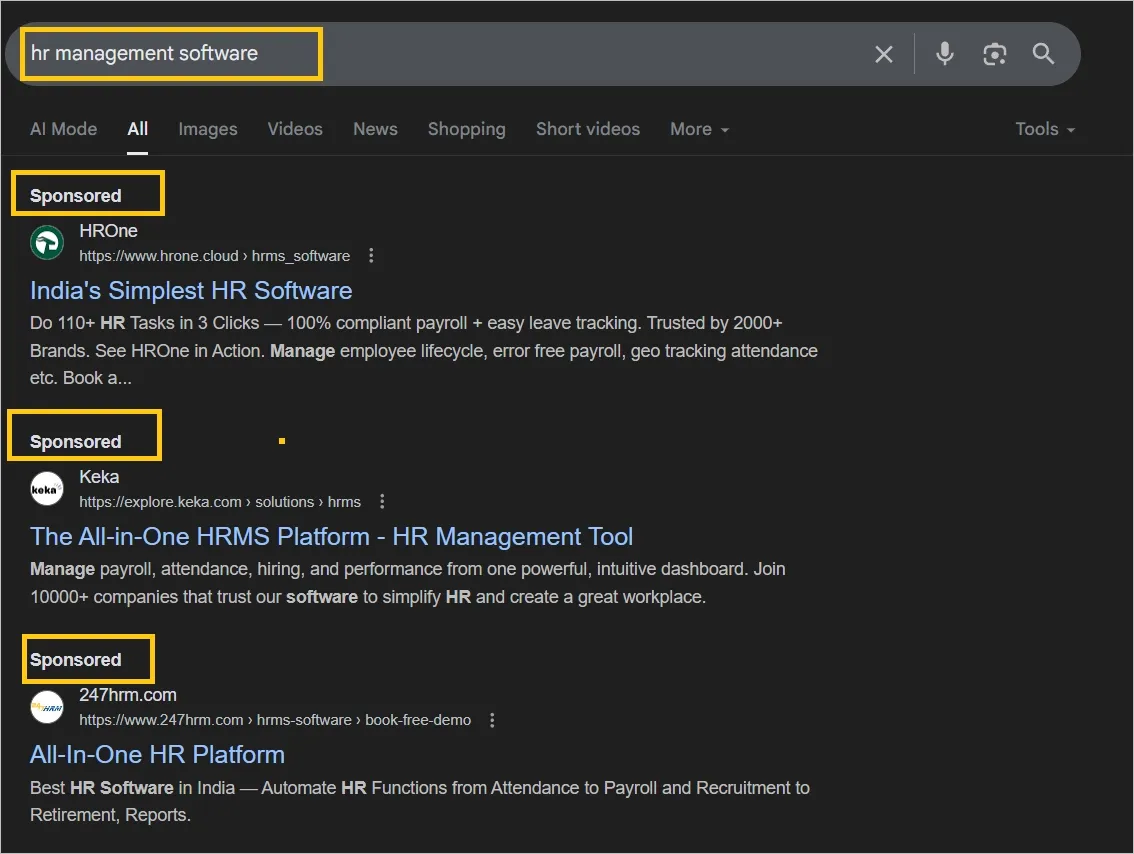
How PPC Works:
- These ads appear in top spots on search engines like Google and Bing, on social platforms like Facebook and LinkedIn, and across a wide range of other websites.
- Advertisers choose keywords or audience interests to target, and when someone searches or browses, an auction decides which ads appear.
- You’re charged only when someone clicks on your ad.
- A/B testing lets you try different messages and designs to see what works best, with results you can measure in real time.
This image shows how PPC ads work—including where they appear, how bidding happens, and how results are tracked in real time.

The image shows how a PPC dashboard tracks ad spend, clicks, and campaign performance in real time:

Why PPC Matters:
- PPC gets your brand in front of people immediately, unlike SEO, which takes time.
- You actively target customers who are searching for solutions like yours.
- You can set limits on daily spend and cost per click to avoid overspending.
- You can monitor every click, conversion, and expense to know exactly how your money is being spent.
👉 For detailed PPC campaign strategies and case studies, read our article on PPC guides and strategies.
👉 Need help in managing your PPC campaigns?
- PPC Agency In Dubai | Expert PPC Management
- PPC management services in India
- Expert PPC management services in the UK
- Expert PPC Management in the USA
What are the key differences between SEO and PPC?
When you want more people to visit your website, SEO and PPC are two main ways to go. They can both help, but they work in very different ways. Below is a straightforward look at how they compare and which one is good for you.
1. SEO takes time to grow while PPC gives instant results
PPC:
Paid campaigns start showing your ads within minutes on platforms like Google or Meta. You can launch a campaign, select keywords, define your target audience, and begin receiving traffic almost instantly. This approach is ideal for businesses seeking fast results, such as flash sales, limited-time offers, or new product launches.
SEO:
Search engine optimization involves improving website structure, optimizing content, and building authority through backlinks. These efforts usually take at least 3 to 6 months to show results in search rankings, especially for a new website. The exact timeline depends on factors like your current traffic, backlink strength, competition, and available resources.
2. SEO is a one-time investment while PPC charges per click
PPC:
With PPC, every click incurs a cost. For example, if a law firm runs ads bidding $20 per click, they pay that amount each time someone clicks their ad. They can set a daily budget, say $200, ensuring they don’t overspend. However, if the campaign isn’t well-targeted, they might pay for clicks from people who aren’t potential clients, wasting money.
SEO:
You invest in technical optimization, content creation, link building, and possibly external consultants. Once your site ranks, you continue to get traffic without paying per visitor. Maintenance and content updates are needed, but ongoing costs are comparatively lower than PPC.
Below is an image showing PPC costs money for every click, while SEO’s investment is mostly upfront, with free traffic from organic rankings.

👉 Here you can check out what goes into PPC management pricing in 2025, including average costs and agency fees.
3. PPC ads appear above search results while SEO listings appear below
PPC:
PPC ads often appear at the very top and sometimes the bottom of Google’s search results. These spots come with “Ad” labels.
For example, a shoe store bidding for “running shoes” may see their ad above the first organic result, grabbing attention immediately. However, some users skip these ads, preferring organic links.
SEO:
Your website appears in the normal search results below the ads. These positions are earned based on quality and relevance, and users often choose these links because they seem more trustworthy and less promotional.
The following image demonstrates how Google displays PPC ads above organic search results: Paid ‘Ad’ listings appear at the top, with SEO results shown just below.

4. PPC gives full control over targeting while SEO depends on algorithms
PPC:
You choose the keywords, set the budget, manage when and where ads are shown, and can update or stop ads instantly.
For example, if a restaurant only wants to target people within 5 miles, it can set that limit and adjust any time.
SEO:
SEO relies on search engines’ algorithms. You can optimize your site, but you can’t instantly control who sees it or when. For example, a travel blog posting about “best beach vacations” can’t decide exactly which users see their listing; that’s up to Google’s ranking system.
5. PPC stops working when the ads stop but SEO keeps bringing traffic
PPC:
Once a PPC campaign stops, the traffic stops. If your campaign is a promotion or event, like a summer sale, once it’s over and ad spend stops, visitors will no longer come via those ads.
SEO:
High performing pages can continue attracting traffic for months or even years without active promotion. As long as the content remains relevant and technically optimized, you will continue to benefit from organic search traffic. This makes SEO a more sustainable long-term strategy.
Here’s an image showing how PPC delivers instant but short-lived traffic, while SEO builds steady, lasting results even after active efforts end.

6. PPC gives real-time performance data while SEO builds trends over time
PPC:
PPC platforms provide exact numbers for clicks, impressions, cost, and conversion rates. A software company running PPC ads can see instantly which keywords bring paying customers and adjust ads or budget based on real data.
SEO:
Progress is visible through site analytics, showing increases in organic traffic, time on site, and conversions over the course of months. While changes are slower to appear, trends can provide a clear picture of overall SEO health.
Here’s a screenshot from the Google Search Console dashboard:

👉 Learn how to optimize your SEO strategy to rank in ChatGPT and other LLMs
7. SEO builds long-term trust while PPC targets high-intent users quickly
PPC:
Paid ads often target users with clear commercial intent. These users are more likely to convert immediately, such as someone searching “emergency plumber near me.” However, many users skip ads altogether, either due to ad fatigue or preference for organic content.
SEO:
High-ranking organic content builds long-term trust with both users and search engines. Educational blogs, product guides, and reviews create authority in your niche. This increases the likelihood of attracting quality visitors who are more likely to return, refer, or convert over time.
The table below summarizes the main differences between SEO and PPC based on the points above:
What are the similarities between SEO and PPC?
1. Both Aim to Attract the Right Visitors
SEO and PPC both start with intent-first research, as it’s not enough to pick high-search-volume keywords; both channels demand you map out exactly what users want at each stage of their journey.
This often means clustering keywords, analyzing SERP features (e.g., which queries trigger ads, snippets, or shopping cards), and understanding how queries shift across device, location, or even time of year.
For example, if searchers use “running shoes for winter,” both your organic content and ad copy need to directly address that scenario, not just mention “running shoes” broadly.
Here’s the screenshot:

2. Both begin with comprehensive keyword research
SEO strategies are ineffective without content that accurately answers search queries, complies with technical SEO standards, and meets user experience expectations such as fast loading, mobile responsiveness, and intuitive layout.
In PPC, poorly optimized landing pages increase bounce rates and reduce Quality Scores, which leads to higher cost per click and lower ad visibility. Search engines favor landing pages that provide relevance, usability, and fast performance.
High-performing businesses often align their SEO and PPC efforts by using shared keyword data, page structure elements, headlines, and calls to action that have proven to convert in one channel to enhance the performance of the other.
3. Continuous optimization is required for both SEO and PPC
Neither SEO nor PPC is a one-time effort. Both rely heavily on iterative improvements informed by user behavior data, engagement metrics, and conversion tracking.
Many teams use PPC as a rapid experimentation platform to test messaging, offers, and value propositions. These insights help shape long-form SEO content strategies and refine user interface elements based on real user responses.
Conversely, successful SEO pages often highlight seasonal demand shifts, new customer queries, or objections that can inform PPC campaign structure, keyword exclusions, and ad copywriting.
4. Both Rely on High-Quality, Relevant Content
For both SEO and PPC to perform effectively, the website must meet core technical standards. These include optimized page speed, mobile-first design principles, HTTPS security, clean URL structures, and proper use of structured data to enable advanced analytics and search enhancements.
Equally important are analytics accuracy, user consent compliance, and robust event tracking.
5. Both Use Analytics to Drive Better Results
SEO and PPC rely on analytics tools like Google Analytics to track what works. These insights help refine keywords, content, and targeting to improve performance across both channels.
For example, your SEO blog about “easy pasta recipes” gets many visitors but few sign-ups. You run PPC ads, testing different offers and find “free recipe ebook” drives more sign-ups. Using this data, you add the ebook offer to the blog, increasing conversions from organic traffic too.
6. Both Enable Audience Targeting
PPC allows precise targeting based on demographics, location, and device. SEO targets audiences indirectly by optimizing content for specific keywords and search intent, attracting relevant users organically.
For instance, a PPC ad can target users searching for "plumber in Chicago," while SEO content can be created around the same phrase to attract local customers.
Further resources:
- SEO vs Google Ads: Which One to Choose For Your Business?
- Best Google Ads Agencies in the UK
- Google Ad Agencies in Dubai
How to align SEO and PPC strategies together?
1. Unified Keyword Planning
This is the practice of combining your SEO and PPC keyword research into a single, comprehensive strategy rather than managing them separately.
Why it matters:
A unified keyword list helps you avoid overlapping efforts, fill coverage gaps, and maximize visibility for your most important search terms across both organic and paid channels.
How to apply it:
- Export your SEO keywords from Google Search Console and your PPC keywords from Google Ads, focusing on high-converting terms.
Here is a sample image showing Top Organic Search Terms from Google Search Console:

This table shows the top organic search queries bringing visitors to your website, including each keyword’s search volume, ranking difficulty, and cost per click.

Reviewing this data helps you understand which terms are already performing well in SEO and identify the best opportunities to integrate with your paid advertising strategy for unified keyword planning.
- Suppose you export your SEO keywords (e.g., ‘buy bike online’, ‘best mountain bikes’, ‘bike reviews’) and your PPC keywords (e.g., ‘buy bike online’, ‘bike financing options’, ‘cheap bikes near me’).
Merge both lists in a tool like SEMrush as shown in the image below. (Assessing Keyword Performance: Trends and Potential for Unified Strategy)

You’ll find overlapping terms like ‘buy bike online’ appear in both lists, while others are unique to SEO or PPC. Like in this image:

This merged view helps you identify priority topics and gaps to address in your unified keyword approach.
- Prioritize your SEO and PPC efforts based on these insights, optimize content for gaps and scale bids on keywords with proven value.
2. Landing Page A/B Testing via PPC
Plan PPC campaigns to test different versions of your landing pages before committing to SEO changes site-wide.
Why it matters:
This approach lets you experiment quickly, minimize SEO risks, and ensure that only the best-performing variants are implemented across your website.
How to apply it:
- Create multiple landing page versions (for example, with different headlines, calls to action, or layouts).
- Drive PPC traffic to each version equally and track performance metrics like conversion rate, bounce rate, and time on page.
- Once you identify the best-performing variant, apply those changes to your main SEO landing page and request reindexing in Google Search Console.
This image illustrates how PPC campaigns can drive equal traffic to multiple landing page versions, enabling businesses to compare key performance metrics such as conversion rate, bounce rate, and visitor engagement.

By identifying the best-performing variant through controlled testing, companies can confidently optimize their main SEO landing page, minimizing risk and enhancing overall site effectiveness before requesting reindexing in Google Search Console.
👉 Check out our blog on latest landing page optimization strategies to increase conversion rates.
3. Capture More SERP Real Estate
Showing your brand in both the paid and organic sections of search results for the same keywords.
Why it matters:
Appearing in multiple spots increases your visibility, trust, and click-through rates, making your business stand out more than competitors who appear only once.
How to apply it:
- Identify your most valuable keywords by analyzing both SEO and PPC data.
- Run PPC ads on these terms even if you already rank organically.
- Optimize your SEO pages for these keywords to maintain strong organic rankings.
- Monitor changes in click-through rates and adjust campaigns based on performance.
By appearing in multiple spots, the brand maximizes its visibility, credibility, and increases the likelihood that searchers will notice and click on its listings ( effectively capturing more ‘real estate’ on Google for greater impact)
4. People Also Ask (PAA) Integration
Integrate Google’s “People Also Ask” questions in both your SEO content and PPC ads.
Why it matters:
Directly answering users’ questions improves relevance, matches search intent, and can increase your chances of winning featured snippets or higher ad quality scores.
How to apply it:
- Use tools like AlsoAsked or Semrush to find common PAA (People Also Ask) questions for your keywords.

- Add these questions and clear answers as subheadings or FAQs in your SEO pages.
- Include PAA wording in your PPC ad headlines, sitelinks, or callout extensions.
Just search your main keyword and see what questions Google is suggesting on the SERP. Here’s how:

- Review analytics monthly to see which questions drive engagement, and update your content and ads accordingly.
You can also use Google’s ‘People Also Ask’ section, which reveals common questions users have about your topic.
By answering these in your SEO content and PPC ads, you can match search intent, increase visibility, and often win more premium positions in search results.

5. Smart Budget Allocation
Adjusting your PPC ad spend based on your organic SEO rankings for key terms.
Why it matters:
This ensures you’re not paying for clicks on terms where you already rank well organically, and allows you to focus PPC spend on keywords where SEO is weak or missing.
How to apply it:
- Regularly export your organic keyword rankings from tools like Ahrefs or Search Console.
- Match these rankings with your PPC keyword list.
- Reduce PPC bids (or pause ads) for keywords where you rank in the top 3 organically.
- Increase bids on keywords where your organic presence is low or absent.
- Use Google Ads scripts or rules to automate these bid adjustments for ongoing efficiency.
6. Local PPC Using SEO Location Insights
Using SEO data about which cities or regions drive the most traffic to inform and optimize your local PPC campaigns.
Why it matters:
Targeting your PPC ads based on real organic performance data increases local relevance, improves ad quality scores, and can boost conversion rates.
How to apply it:
- Use GA4 or Search Console to find which locations send the most organic visitors or conversions to your site.
This image shows a GA4 Report that reveals the countries that drive the most organic traffic to your website:

By identifying your top-performing regions, you can more effectively target your PPC campaigns for higher local relevance and conversions.
- Create city or region-specific landing pages for SEO.
- Set up separate PPC ad groups for each high-performing location, using local terms and ad extensions.
- Link your PPC ads to these local pages for a smooth, relevant user experience.
7. Organic Remarketing Campaigns
Running PPC remarketing ads targeted specifically at users who found your site through organic search but didn’t convert.
Why it matters:
Remarketing to these users increases your chances of turning interested visitors into customers and improves the overall return on your marketing investment.
How to apply it:
- In GA4, create an audience segment for users who arrived via organic search but didn’t complete a conversion goal.
- Import this audience into Google Ads for remarketing.
- Design search or display ads with personalized messaging that reflects the pages these users visited.
- Test different ad creatives and offers to see which ones bring the best results.
8. Validate New SEO Topics with PPC
Testing the potential of new content ideas or keyword clusters by running short PPC campaigns before committing to full SEO development.
Why it matters:
This saves time and resources by focusing your SEO efforts only on topics proven to generate interest and conversions.
How to apply it:
- Identify a new keyword cluster or content idea you’re considering for SEO.
- Launch a PPC campaign using ad copy and landing pages that match the potential SEO content.
- Track click-through and conversion rates to gauge user interest.
- If the campaign performs well, build out a full SEO page or content hub around that topic.
9. Merge Analytics Data into One Dashboard
Combining performance data from both SEO and PPC into a single reporting dashboard for holistic analysis.
Why it matters:
Viewing all your metrics together helps you make smarter decisions, spot trends, and optimize your marketing spend more effectively.
How to apply it:
- Use a dashboard tool like Google Looker Studio or Power BI.
- Connect your GA4, Google Ads, and Search Console data sources.
This image shows how you can use Looker Studio templates to bring together data from Google Analytics and Google Search Console, creating a single dashboard that tracks both SEO and PPC performance.

- Include key metrics like click-through rate, average position, conversions, and bounce rate for both channels.
- Set up filters for branded vs. non-branded terms, device types, and regions.
- Use these insights to shift resources and refine your marketing strategies.
10. Align Messaging Across Paid and Organic
Ensure that your headlines, descriptions, and calls to action are consistent between your SEO content and PPC ads.
Why it matters:
Consistency builds brand trust, improves user experience, and can lead to higher conversion rates across all channels.
How to apply it:
- Identify your most important landing pages and target keywords.
- Review meta titles, descriptions, and on-page headings to ensure they match your top-performing PPC ad copy.
Notice how the ad and the organic listing use consistent messaging around project management solutions, or we can say repeat key phrases and benefits such as “project management tool” and “Zoho Projects,” so users see the same brand promise in every spot.
This consistency increases trust and encourages more clicks, whether users click the ad or the natural search result.
- Schedule regular checks (every 4–6 weeks) to keep your messaging aligned as campaigns evolve.
- Monitor any changes in click-through rates after making adjustments.
11. Identify High-Converting Keywords
Using PPC conversion and cost-per-click data to spot the keywords most likely to drive valuable traffic, then applying those insights to your SEO strategy.
Why it matters:
Focusing your SEO efforts on proven high-value keywords helps you attract more qualified leads and get better results from your content.
How to apply it:
- Analyze your PPC campaigns to find keywords with both high conversion rates and/or high CPCs.
- Add these keywords to your SEO content plan, create new pages, or optimize existing ones to target them.
- If there’s no suitable page for a high-value keyword, build one specifically for that intent.
- Use PPC to capture leads immediately for these terms while your SEO gains strength.
How does our SEO and PPC approach drive results for our clients?
At Tenet, we believe that combining SEO and PPC isn’t just a best practice; it’s essential for getting real, measurable growth.
Our approach ensures that every part of your digital marketing strategy works together to maximize your visibility, drive high-quality leads, and accelerate business outcomes.
Here’s how Tenet’s customized SEO and PPC services work, side by side, to help clients succeed:
Tenet’s integrated approach means you see fast results from PPC while building lasting authority and organic traffic through SEO.
With regular analysis and clear reporting, we refine both strategies to deliver the strongest possible ROI, ensuring your marketing budget goes further and your business continues to grow.
Contact us to get a unified digital strategy that aligns every channel, removes guesswork, and delivers results you can trust.😊
Struggling with Ads? Let Our PPC Experts Help
Struggling with Ads? Let Our PPC Experts Help

Got an idea on your mind?
We’d love to hear about your brand, your visions, current challenges, even if you’re not sure what your next step is.
Let’s talk
